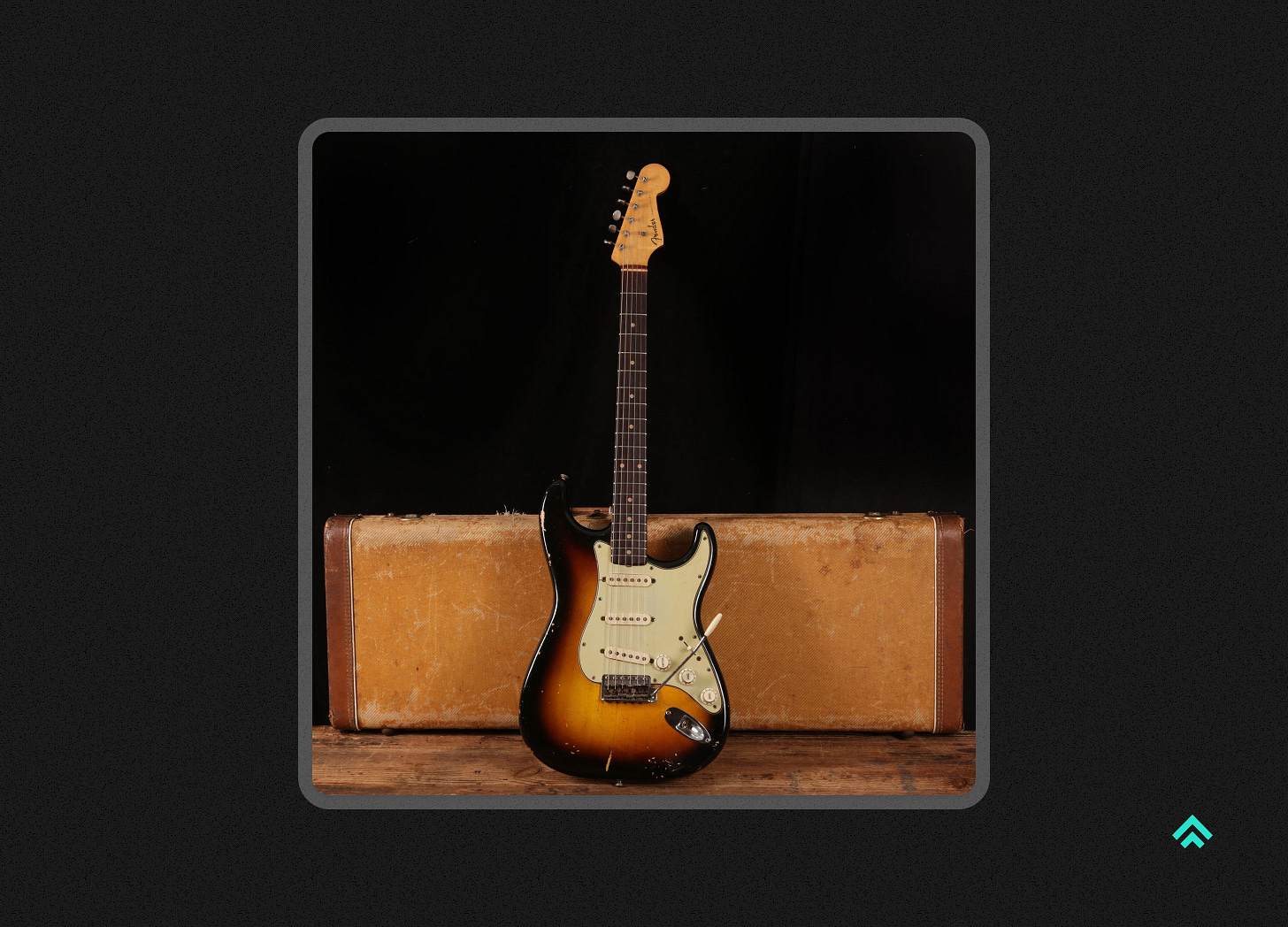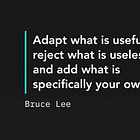Hello! I'm Patrick, your guide to tech, craft, and personal growth. New here? Join our supportive creative community to fuel your journey!
In the early days of Better by Design, I wrote a series called "Design Gratitude" where I explored designs that stand the test of time and inspire us to elevate our own work. My goal was to highlight the traits of good design in action, providing anyone interested in design with insights they could use to level up their craft and apply to their projects. I paused the series to explore other topics, but it feels like the time is right to bring it back. It's easy to lose yourself in the weeds of your own product when co-founding a startup, so I want to make sure I take the time to study the greats routinely. It's a literal reminder to myself of what it means for work to be 'Better by Design.'
In these pieces, I use sets of foundational principles and heuristics alongside my own insights to break down classic designs. Depending on the type of design (physical, brand, software, etc…), you might see principles from Dieter Rams, David Ogilvy, or other great creatives who had deep insights into what makes quality creative work.
Highlighting these designs isn't just about celebrating their success; it's about learning from them. By examining what makes them work, we can gain insights into creating our own exceptional products.
So, without further ado, let's dig into what makes the Fender Stratocaster better by design!
This Week's Design: The Fender Stratocaster
This week, I'm grateful for the Fender Stratocaster.
Even after a decade of working in design and tech, I'm still amazed by the number of colleagues who share my passion for music. One of my prized possessions is a Fender Stratocaster, the first big purchase I saved for and bought with my own money as a teenager.
Back then, I appreciated it for its cool look (and for making me look cooler by association 😆). Now, I appreciate it on a whole different level.
I chose this iconic guitar because its design has had a profound impact on the music industry and has stood the test of time as a shining example of form meeting function.
"It's Innovative"
The Stratocaster is filled with subtle innovations, but a standout is its tremolo system. Tremolos existed before the Strat, but Leo Fender's design offered a new level of expression. His version of the tremolo, often called the "synchronized tremolo," allowed guitarists to bend the pitch of notes or chords with ease, adding a new dimension to their sound. This innovation didn't just enhance the instrument; it transformed the way musicians played and created music, giving birth to iconic sounds and styles. The influence of this innovation can still be seen in many modern electric guitar designs.
"It Makes a Product Useful"
The Strat is undeniably aesthetically pleasing (I'm particularly fond of the dual-tone sunburst color), but its true value lies in its functionality. It's a workhorse electric guitar, beloved by musicians for its versatility and reliability.
The Stratocaster's design includes three single-coil pickups, which are a type of transducer that converts string vibrations into electrical signals. These pickups offer a wide range of tones suitable for various genres, from rock and blues to jazz and pop.
As Eric Clapton put it:
"My feeling about a perfect design is that it has to be functional, and with the Strat its functionality really steers it. That's what makes the design so beautiful. It's superbly thought out."
This functionality is further highlighted by the guitar's ergonomic body shape. Unlike many other guitars of its time, the Stratocaster features a contoured body that fits comfortably against the player's torso, reducing fatigue during long playing sessions. This was a thoughtful departure from the bulkier, less comfortable designs of earlier electric guitars.
"It's Thorough Down to the Last Detail"
Leo Fender's dedication to aligning the Strat with musicians' needs is evident in every aspect of its design. It's said that Fender spent about 25% of every work day visiting musicians to understand their requirements. This hands-on research influenced many of the Strat's features. For example, the contoured body design mentioned earlier was a direct response to musicians' feedback. The sloped edges allow for more comfortable arm positioning, making it easier to play for extended periods.
Another example of this attention to detail is the placement and design of the controls. The Stratocaster has a unique control layout with three knobs (two for tone and one for volume) and a five-way pickup selector switch. This setup allows players to quickly and easily adjust their sound mid-performance, demonstrating a keen understanding of the practical needs of performing guitarists.
These thoughtful details contribute not only to the Stratocaster's functionality but also to the emotional connection that musicians form with the instrument.
The Emotional Connection
Beyond its technical and functional merits, the Stratocaster holds a special place in the hearts of many musicians, including myself. There's an emotional connection that forms with an instrument like this. The Stratocaster's design - its aesthetic appeal, its comfortable feel, and its iconic sound - all contribute to this bond.
For me, the Strat represents a rite of passage, a symbol of my personal creative journey. It's a reminder of the power of great design to not only meet functional needs but also to inspire and connect on a deeper level.
Final Thoughts
The Stratocaster isn't just a guitar; it's a piece of design history that continues to influence and inspire. Whether you're a designer, a musician, or simply someone who appreciates good design, let's strive to bring this level of quality and thoughtfulness into our own creations, making the world a better-designed place, one note at a time.
I'd love to hear from you. What well-designed products have inspired you in your life and work? Share your stories and let's learn from each other.
Until next time,
Patrick
If you got a little value from this post, consider subscribing or sharing. Follow me on LinkedIn for more.






